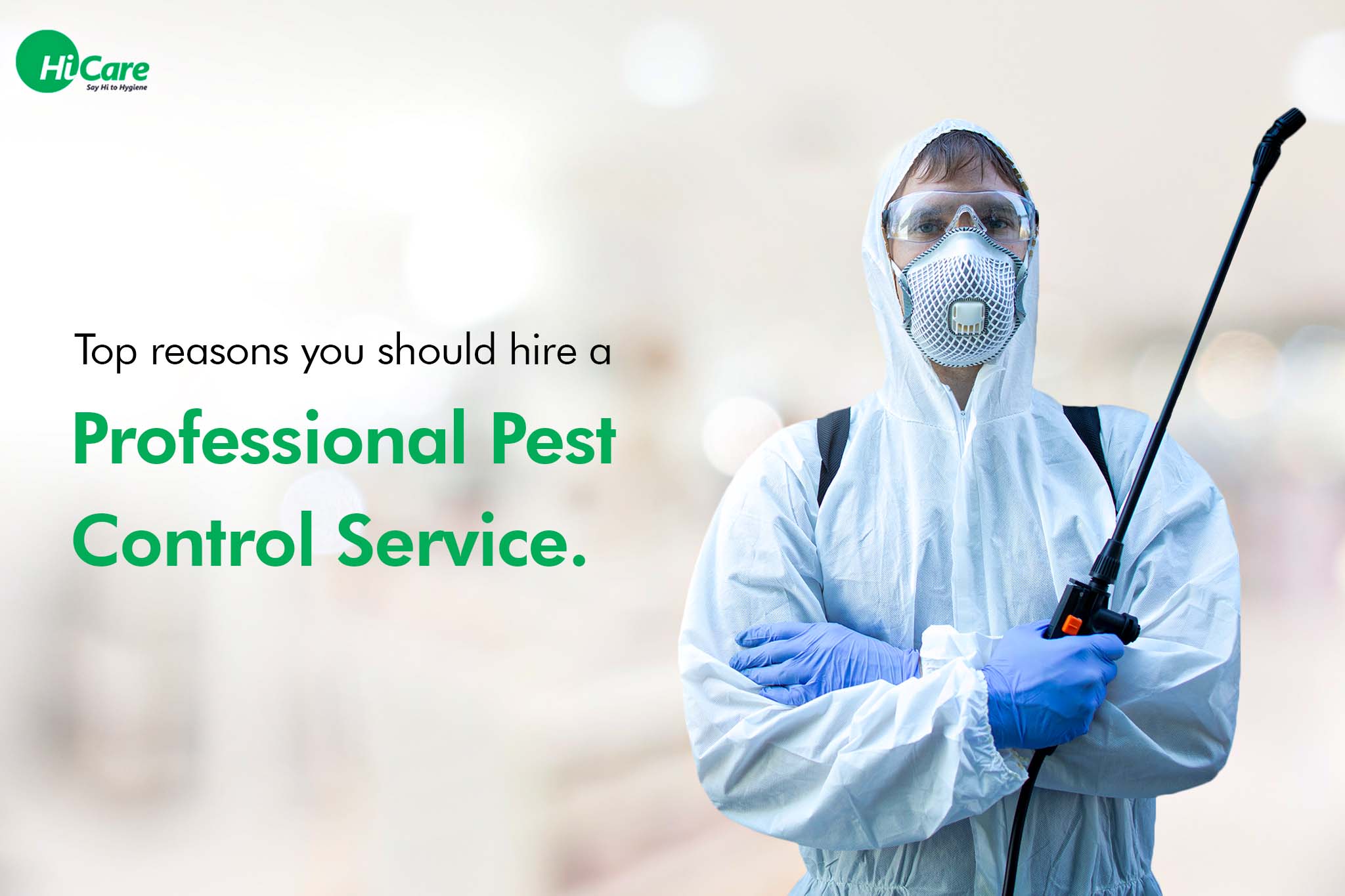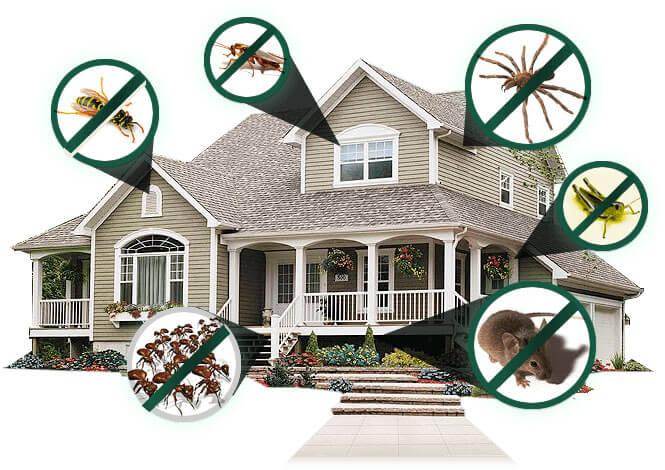Bed Bug Therapy Break Down: Contrasting Chemical Vs. Non-Chemical Solutions
In the realm of insect control, especially when taking care of the persistent issue of bed pests, the choice in between chemical and non-chemical treatment remedies can be a critical one. Both strategies use distinctive benefits and downsides, affecting variables such as performance, security factors to consider, and general price. By analyzing the nuanced information of each technique, a clearer understanding of which course to seek in resolving a bed bug invasion can be obtained.
Performance of Chemical Treatments
Chemical treatments for bed insect problems have been commonly acknowledged for their fast and powerful efficacy in eliminating these insects. When thinking about the efficiency of chemical treatments, it is important to recognize that they can provide a fast and comprehensive solution to a bed bug issue.
Moreover, chemical treatments have the benefit of offering residual results, indicating that they can remain to remove bed insects also after the initial application. This recurring activity is especially useful in combating any prospective re-infestations. Furthermore, the fast activity of chemical therapies can bring relief to people facing extreme bed bug infestations, permitting them to restore control of their living areas quickly.
Safety And Security Worry About Chemical Solutions
One important facet that calls for careful consideration when making use of chemical solutions for bed pest treatment is making certain the security of occupants and the atmosphere. Direct exposure to specific chemicals made use of in bed bug therapies can lead to breathing issues, skin irritability, or other damaging responses, specifically in individuals with pre-existing conditions or level of sensitivities.
Furthermore, the ecological impact of chemical remedies is one more substantial consideration. Some chemicals used in bed insect therapies may be harmful to valuable bugs, wild animals, and ecological communities if they leach into the dirt or water systems. It is necessary to utilize chemical treatments sensibly, adhering to security standards, and thinking about less harmful alternatives to reduce these risks and ensure the efficient and safe management of bed pest problems.
Advantages of Non-Chemical Methods
Taking into consideration the prospective safety and security concerns and ecological influence linked with chemical remedies for bed pest treatment, checking out non-chemical methods provides an encouraging alternative with a number of distinctive advantages. Non-chemical therapies are ecologically friendly, as they do not add to air or rodent control company water contamination, making them a sustainable selection for insect control.
Furthermore, non-chemical services can be effective in targeting bed insects, including hard-to-reach areas where chemical therapies might not permeate - A1 pest control charlotte nc bed bugs. Techniques such as heat treatment, vacuuming, heavy steam cleansing, and bed mattress encasements offer detailed eradication without the usage of harmful chemicals.
Limitations of Non-Chemical Treatments

Furthermore, non-chemical therapies usually need numerous applications to accomplish successful removal. This can be time-consuming and might not always ensure total removal of all bed pests and their eggs, specifically in hard-to-reach or concealed locations.
In addition, the success of non-chemical therapies greatly relies on appropriate application and thoroughness, which can be testing for people without specialist experience. get rid of mice Inadequate application of non-chemical techniques may cause incomplete removal, resulting in persistent infestations and the need for extra treatments.
Consequently, while non-chemical treatments have their advantages, it is vital to recognize these restrictions and consider them when determining the most reliable technique for handling bed insect infestations.
Cost Contrast: Chemical Vs. Non-Chemical Options
Offered the limitations associated with non-chemical therapies, an essential facet to review in the context of bed insect management is the price contrast in between chemical and non-chemical alternatives. In comparison, non-chemical treatments like warm therapy or heavy steam can be a lot more expensive, with prices varying from $1,000 to $6,000 for a whole home. While the first expense of chemical treatments might seem lower, several therapies might be needed to totally eradicate the invasion, possibly raising the overall expense.
Conclusion

Taking into consideration the potential safety problems and environmental impact linked with chemical services for bed bug treatment, exploring non-chemical methods provides a promising option with a number of distinctive advantages.Offered the limitations associated with non-chemical treatments, an essential element to evaluate in the context of bed insect management is the expense comparison in between chemical and non-chemical options. In comparison, non-chemical therapies like warm therapy or steam can be more costly, with costs ranging from $1,000 to $6,000 for a whole home. While the preliminary expense of chemical therapies may seem lower, numerous therapies may be needed to totally eradicate the problem, potentially increasing the general price.In verdict, when comparing chemical and non-chemical bed insect treatment choices, it is essential to think about efficiency, security, benefits, limitations, and expense.